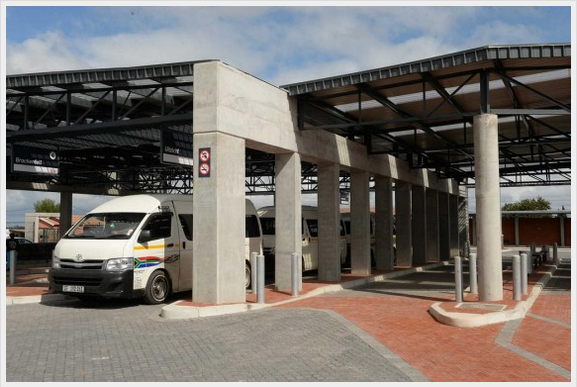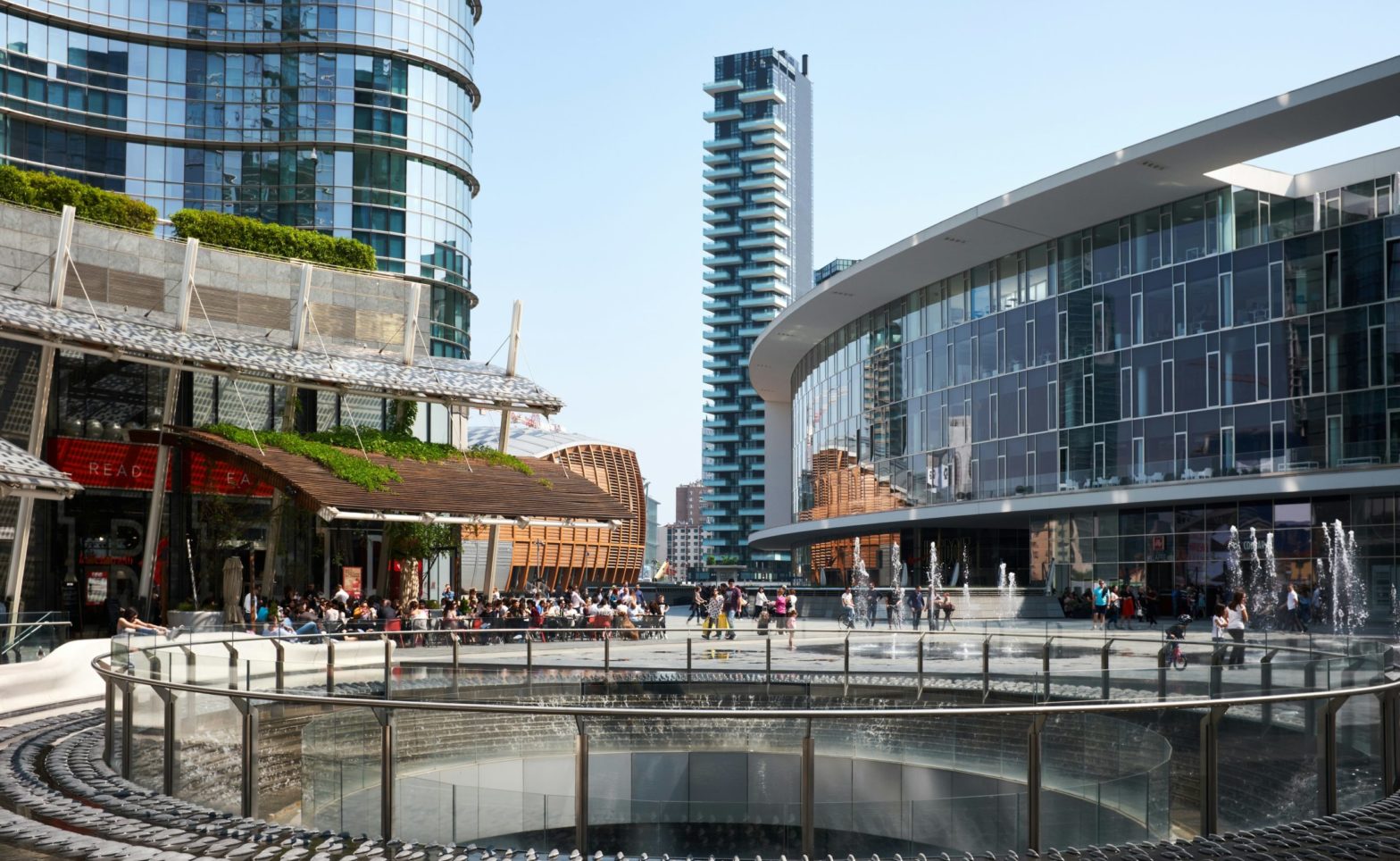
Photo: City-of-Cape-Town
Cape Town unveils South Africa’s first ‘green’ taxi rank
03 September 2014
by Richard Forster
Cape Town has unveiled the first ‘green’ transport facility in South Africa that generates its own electricity, enabling it to operate off the electricity grid. At the same time, all the water used at the Wallacedene taxi rank, besides drinking water, is provided for through rooftop rainwater harvesting and recycling.
“The Wallacedene taxi rank sets the benchmark for future public transport facilities in the country, showcasing the city’s commitment to conservation and innovation,” said Councillor Brett Herron, the City’s Mayoral Committee Member: Transport for Cape Town.
The Wallacedene taxi rank is the first public transport facility in the country to be regarded as a ‘green’ building from its foundation to the rooftop. It is largely self-sufficient in all its energy needs and saves thousands of litres of water through clever design.
This taxi rank uses a rooftop solar photovoltaic (PV) panel system, arrayed at optimum orientation to the sun, for its electricity generation. It is equipped with 24 large batteries for the storage of reserve solar electricity to be used at night or on cloudy days. From the LED lights under the roof, to the electronic gates at the entrance and the hydro-boils in the kitchen, everything is powered by this PV system.
“Since 1 August 2014, this facility only needed one hour’s worth of electricity from Eskom (a South African electricity public utility) which we believe was needed only because the contractors used power tools on site during the final construction phase,” added Councillor Herron.
It is estimated that the capital cost of this solar installation will be recovered within six to ten years in monthly energy cost savings. In designing this taxi rank, the architects have also taken into consideration the huge demand for water at this site for the washing of taxis.
The taxi rank was therefore designed in such a manner that it can be self-sufficient in meeting its basic water needs: firstly through the harvesting of rainwater and secondly by recycling up to 70 percent of the water used at this facility through an underground filtering and reclamation system.
“One of the most exciting features of this facility is the manner in which we are using the rank’s considerable roof area for the harvesting of rainwater,” said Councillor Herron. “The rainwater is stored in an underground tank system with a storage capacity of up to 20,000 litres and is equipped with the necessary infrastructure to pump this water to the washing bays.”











